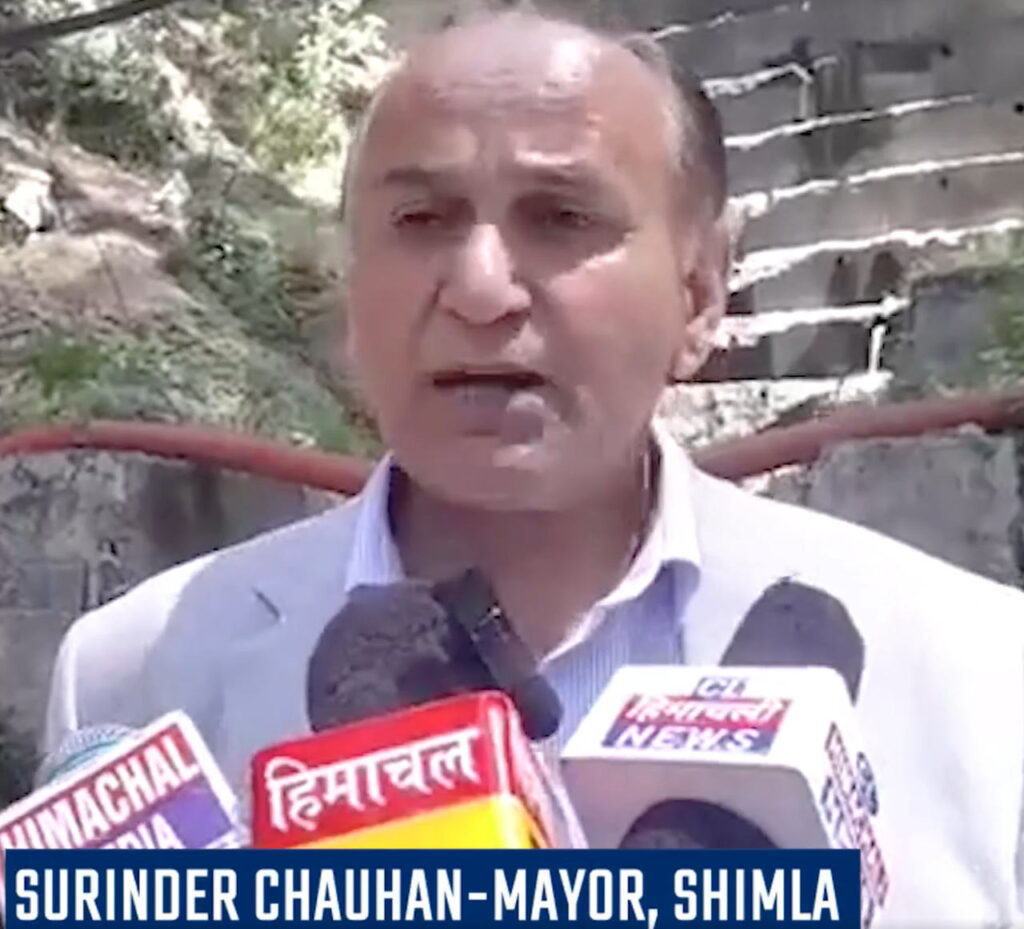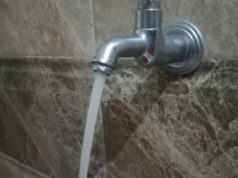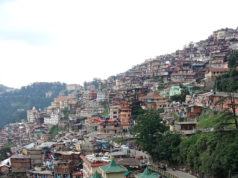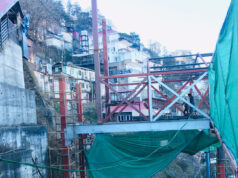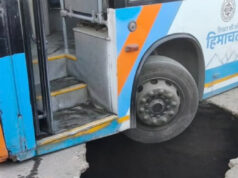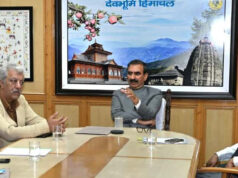Shimla – With the onset of summer, Shimla faces a familiar adversary: water scarcity. However, this year, the situation has taken a concerning turn as significant leakages have been uncovered in the city’s century-old drinking water lines, originally laid during the British era.
The discovery of these leakages has highlighted the vulnerability of Shimla’s water infrastructure. What began as a trickle observed by residents in the Tolland-Khalini area turned out to be a steady flow of drinking water from a compromised pipeline. This leakage, persisting for years, has contributed to the loss of millions of liters of water daily, exacerbating the city’s water scarcity issues.
Suspicions regarding the source of the flow prompted Mayor Surinder Chauhan to summon officials from the drinking water company. Despite initial claims of natural seepage, the mayor, unconvinced, ordered an immediate halt to the supply of drinking water to the affected area. Subsequently, the torrent of water into the drain ceased, prompting an on-the-spot reprimand from the mayor towards the officials present. It’s believed that amidst a burgeoning water crisis, an estimated three to four million liters per day (MLD) lost due to leakages.
Officials from the drinking water company have assured to initiate repairs of the pipeline. However, the incident has reignited concerns over the aging water infrastructure in Shimla, prompting calls for comprehensive maintenance measures to prevent further losses.
As Shimla grapples with the impending water crisis, there is a pressing need for proactive measures to safeguard its water security. Modernizing infrastructure, implementing monitoring technologies, and promoting responsible water usage are essential steps to address the underlying causes of the city’s water woes.
The situation in Shimla serves as a reminder of the importance of sustainable water management practices. By addressing the historic water line leakages and adopting long-term solutions, Shimla can work towards ensuring a reliable water supply for its residents, even during the hottest summer months.
Shimla has unfortunately become synonymous with water scarcity, especially during the summer months. While the city grapples with this perennial problem annually, one of the recurring culprits exacerbating the crisis is the rampant water leakage plaguing its infrastructure.
From faulty distribution systems to aging pipelines, water leakages have become distressingly common across Shimla. The consequences of this negligence are starkly visible, with water often overflowing from the overhead tanks of buildings, symbolizing the sheer wastage that exacerbates an already dire situation.
The city administration must acknowledge the gravity of this issue and take decisive action to address it. Merely treating the symptoms of the water crisis through temporary measures is insufficient; a comprehensive overhaul of the water distribution network is imperative to ensure sustainable access to this vital resource.
Decisive steps must include thorough inspections to identify and rectify leakage points, coupled with robust maintenance protocols to prevent their recurrence. Additionally, investment in modernizing the aging infrastructure and implementing smart technologies for monitoring and management is crucial for long-term sustainability.
Furthermore, community engagement and awareness campaigns can foster a sense of ownership among residents, encouraging responsible water usage and reporting of leaks promptly. Collaborative efforts between the administration, residents, and relevant stakeholders are essential to effectively tackle Shimla’s water crisis at its root.


